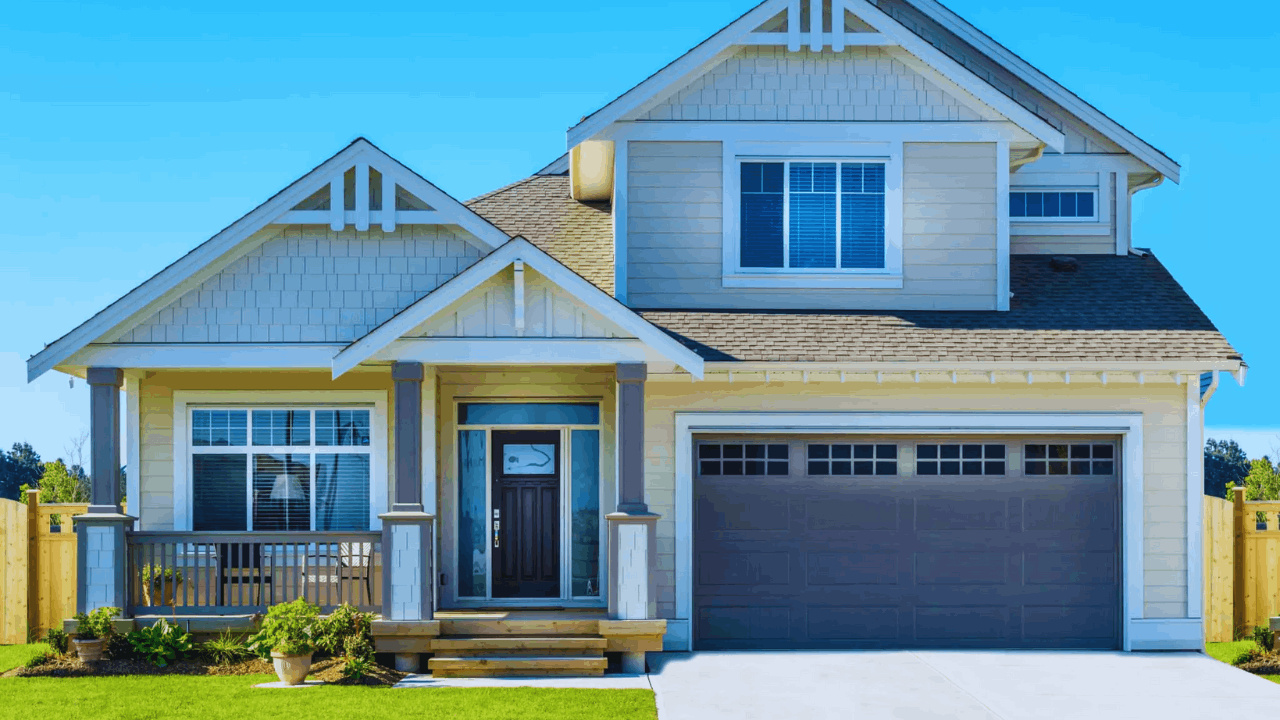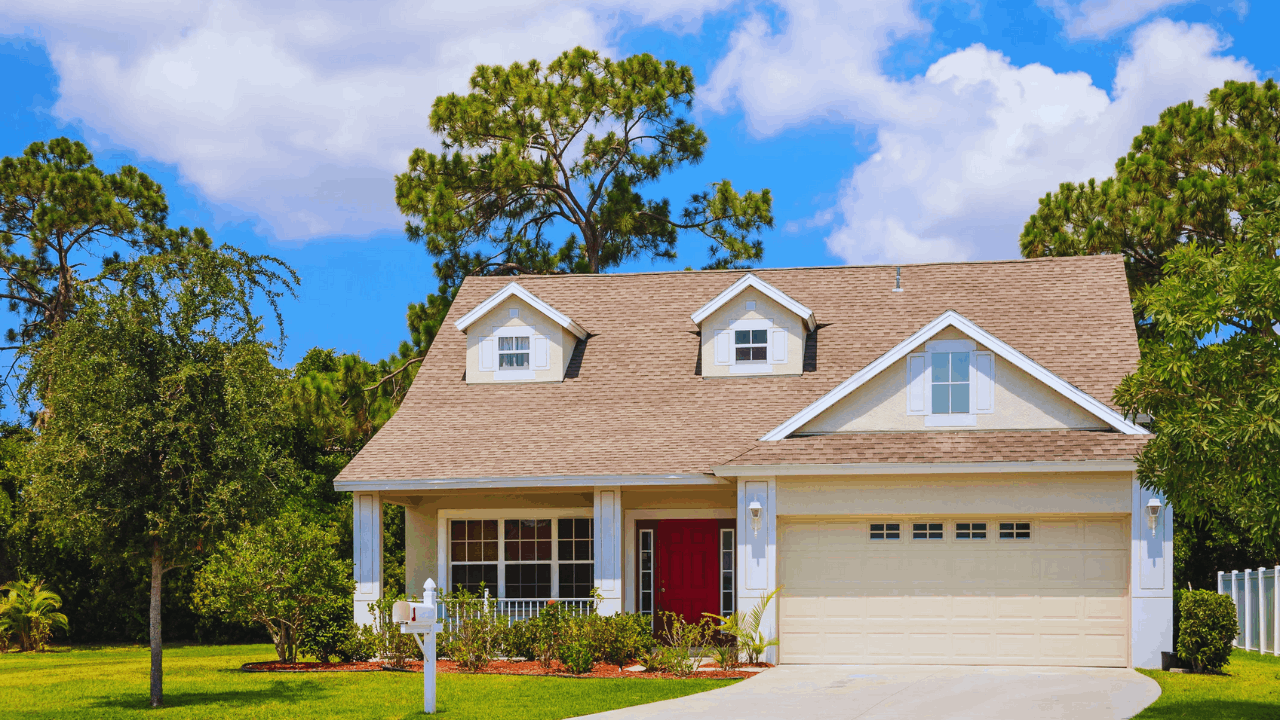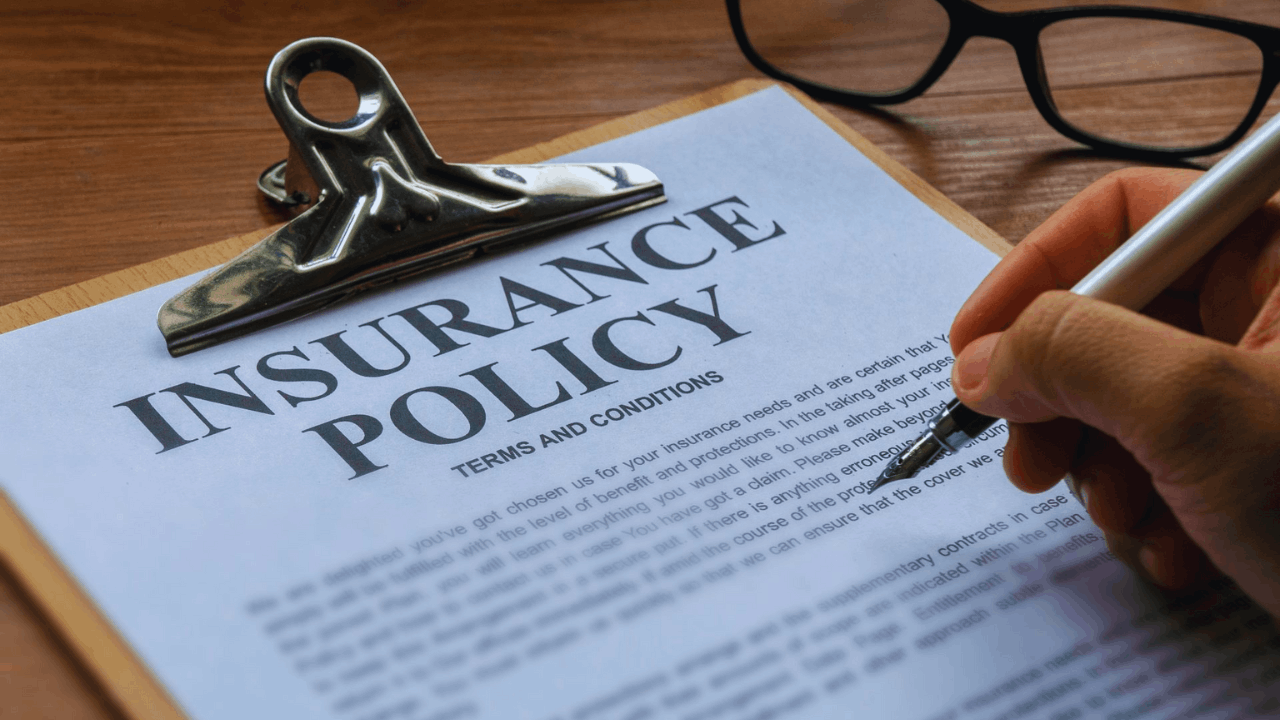Home insurance protects your home and belongings, but the premiums can quickly become a financial burden. Many homeowners accept high insurance costs as unavoidable, unaware that there are safe and legal ways to reduce those costs.
Knowing how to lower home insurance premiums without losing coverage helps you maintain full protection while paying less over time.
With a few smart adjustments, you can minimize unnecessary expenses and avoid sacrificing essential benefits. This article explains exactly how to do that using proven methods that insurers already allow.

How Insurance Providers Determine Premiums
Understanding how insurers calculate premiums is the first step in reducing your costs. Insurance companies assess your risk level based on factors like your home’s location, construction type, past claims, and security features.

They also consider how much coverage you’ve chosen and the size of your deductible. All these variables influence the final price you’re charged annually.
Once you know what drives your premium up, you can start taking steps to bring it down without affecting your coverage.
Why Reviewing Your Policy Details Helps You Cut Costs
Many homeowners forget to review their policy once it’s active, but that’s a mistake. Your insurance policy includes different types of coverage, each with its own cost.
These sections often include dwelling coverage, personal property, liability, and loss of use. By checking your current coverage levels and optional add-ons, you may find areas where costs can be safely trimmed.
Adjusting coverage limits and eliminating unnecessary extras can lower your premium while keeping core protections intact.
Why Home Safety Upgrades Lead to Insurance Savings
Insurance companies reward homeowners who invest in risk-reducing upgrades. If your home is less likely to suffer damage or loss, insurers have fewer claims to pay, and that lowers your premium.

Upgrades like monitored security systems, reinforced roofing, and modern electrical systems signal that your home is safer than average.
These changes not only protect your property but can also directly reduce your monthly or annual payments. It’s a long-term investment that pays off in lower premiums and better peace of mind.
How Insurers Assess the Risk Level of Your Property
Every insurance provider has a formula for evaluating the risk associated with insuring a home. If your home lacks updated wiring, has an old roof, or is missing basic safety equipment, your risk is considered high.
On the other hand, installing smoke detectors, burglar alarms, or storm-resistant windows can help lower that risk.
Lower risk means better rates without changing your coverage levels. Some insurers will even offer discounts after you submit proof of safety upgrades.
The Role of Insured Value in What You Pay
The amount your home is insured for plays a huge role in your premium. This insured value should reflect how much it would cost to rebuild your home, not its current market price.

If that amount is too high, you’re overpaying for coverage you may never need. If it’s too low, you risk being underinsured during a disaster.
A correct balance ensures you’re protected at the right price without adding costs unnecessarily.
How Reassessing Your Coverage Amount Can Save You Money
Most people buy home insurance once and never review the coverage amount again. Over time, this can lead to overinsurance as rebuilding costs fluctuate or renovations go undocumented.
A professional reassessment or updated home appraisal ensures your policy is based on accurate, current values. By aligning your coverage with today’s actual rebuild cost, you avoid wasting money on inflated premiums.
This keeps your policy efficient and your costs under control without reducing what it actually covers.
Why Bundling and Loyalty May Work in Your Favor
Many insurance companies offer reduced rates when you bundle multiple policies.

This could mean purchasing auto and home insurance from the same provider or adding other property coverage under one roof. When you do this, insurers often reward your loyalty with lower rates on all policies.
The advantage here is that your coverage remains intact, but your total premium may drop significantly. Bundling simplifies payments and makes it easier to track your overall insurance plan.
When It Makes Sense to Change Providers
Staying loyal to one insurer can sometimes backfire if better rates or terms exist elsewhere. If your provider doesn’t offer bundling, discounts, or modern coverage options, it might be time to explore alternatives.
Other insurers may offer lower rates for the same or better protection. Comparison shopping and reviewing quotes annually can uncover hidden opportunities to save.
If you switch wisely, you can maintain your coverage quality while trimming down premium costs.
Using Discounts to Your Advantage Without Downgrading Protection
Most insurers offer discounts, but many homeowners miss out simply because they never ask.

These discounts can be based on factors like your profession, age, payment method, or having a claims-free record.
You won’t always be notified of these options unless you inquire directly. When you apply eligible discounts, your premium is reduced without affecting your coverage terms.
It’s one of the simplest ways to lower costs while keeping all policy benefits in place.
Why Regular Policy Reviews Help Maximize Discounts
Your life situation and home details change over time, but your insurance doesn’t update automatically.
If you’ve made upgrades, started working from home, or changed how you use your property, some discounts may apply. A regular review of your policy helps you identify these opportunities and request updated pricing.
Keeping your information current also ensures your policy reflects your real risk level. This leads to fairer pricing and better long-term savings.
How Deductible Changes Can Reduce Your Annual Premium
Your deductible is the amount you pay out of pocket before your insurance kicks in. Choosing a higher deductible often results in a lower annual premium.

This trade-off can save you money each year, provided you’re comfortable handling that deductible in case of a claim.
Many homeowners find this to be a fair balance, especially if they rarely file claims. Adjusting your deductible allows you to reduce your premium while maintaining all core coverage features.
When a Higher Deductible Becomes Too Risky
While raising your deductible does reduce your premium, you should only do so within your financial comfort zone. If the amount is so high that you couldn’t afford it in an emergency, the savings aren’t worth it.
Evaluate your budget and make sure you can cover the deductible in the event of a loss. A modest increase may be enough to lower your premium without taking on unnecessary financial risk.
This decision should always reflect your current financial position and home maintenance habits.
Why Claims History Affects Premiums Over Time
Every claim you make is recorded in your insurance file and used to assess your future risk.

Too many claims within a short period can mark you as high-risk, resulting in a premium increase.
This is true even for small claims, especially those related to water damage or liability issues.
To avoid long-term cost increases, many experts suggest only filing claims when absolutely necessary. Managing your claims history is a subtle but effective way to control premium costs.
When It’s Better to Pay Out of Pocket
Not every loss should lead to a claim. If the repair cost is only slightly above your deductible, it may make more sense to cover it yourself.
Doing this keeps your record clean and helps you qualify for lower rates in the future. Insurance is meant for large, unexpected losses, not routine maintenance or cosmetic fixes.
Knowing when to file and when not to can protect both your finances and your future premiums.
Why Credit Score Can Influence Insurance Rates
Some insurers use credit-based insurance scores as part of their premium calculation process.

A higher score indicates financial responsibility, which many companies associate with lower risk.
If your credit is strong, you may be eligible for better rates on your home insurance. On the other hand, poor credit can lead to higher premiums even if you have never filed a claim. Improving your credit over time can be a strategic way to reduce insurance costs.
How to Improve Your Score and Lower Insurance Costs
You can improve your score by paying bills on time, reducing debt, and checking your credit report for errors.
Even modest improvements may lead to better insurance rates at your next renewal. Some insurers offer re-evaluations if your credit improves significantly within a policy period.
This process takes time, but it’s one of the few indirect ways to make long-term savings without affecting your coverage. It’s also a smart financial habit beyond just insurance.
Conclusion
Reducing your premium doesn’t mean reducing your protection. Once you understand how to lower home insurance premiums without losing coverage, you can start making better financial decisions that still keep your property safe.
With the right habits and regular policy checks, you can ensure your home stays covered and your premiums stay manageable. The goal isn’t just to save money—it’s to spend wisely on the protection that matters most.










